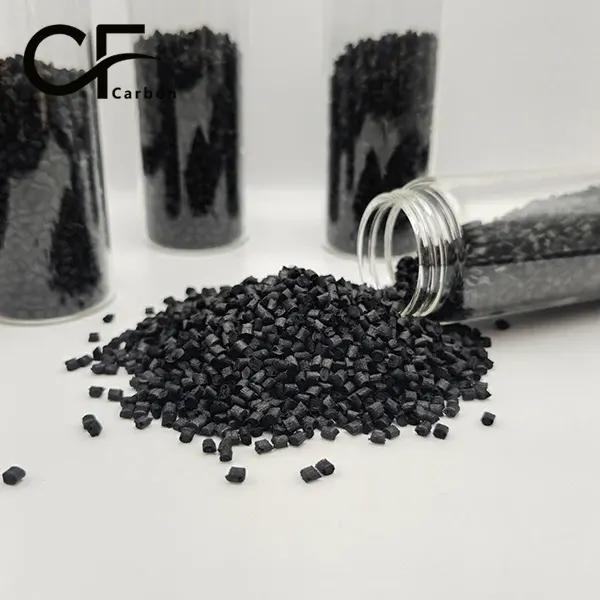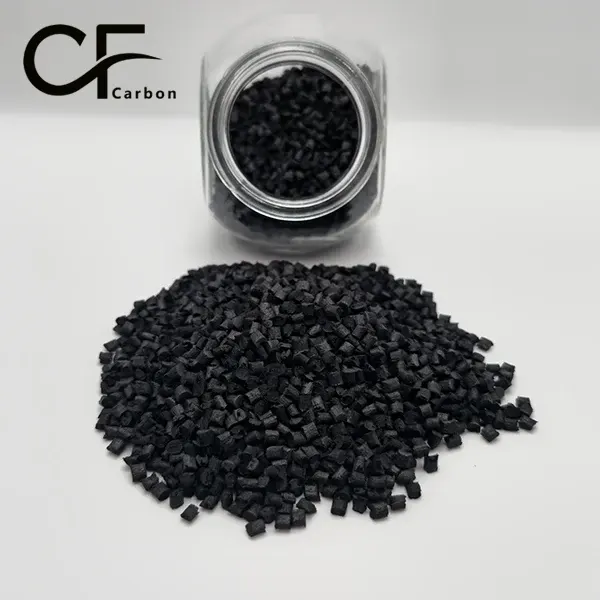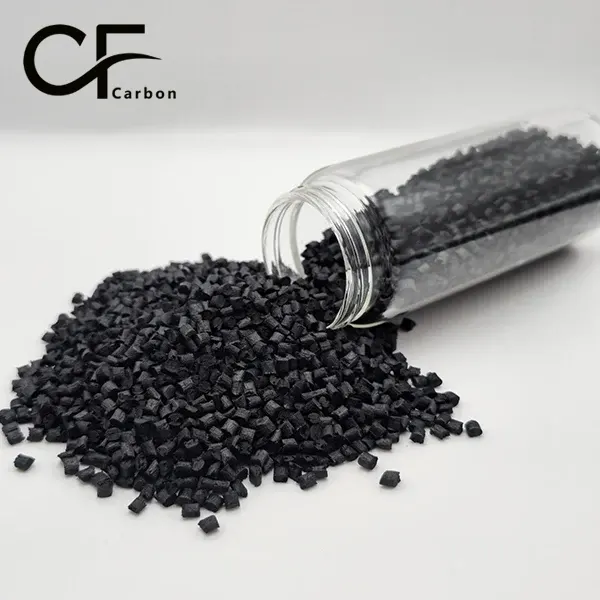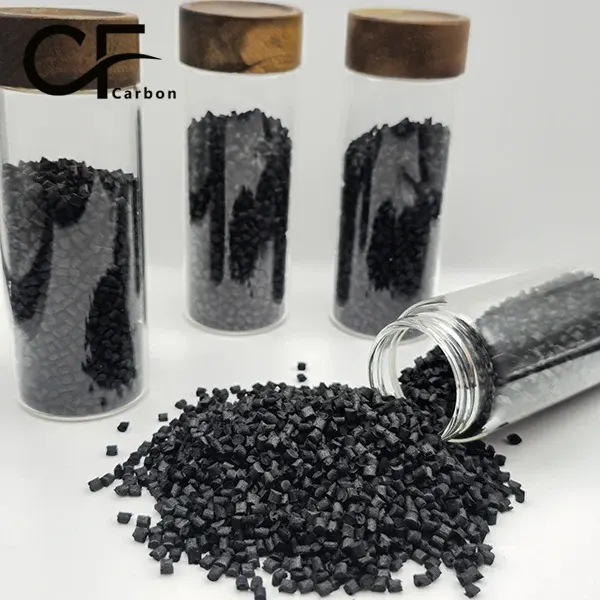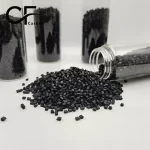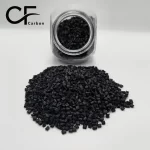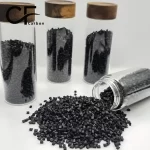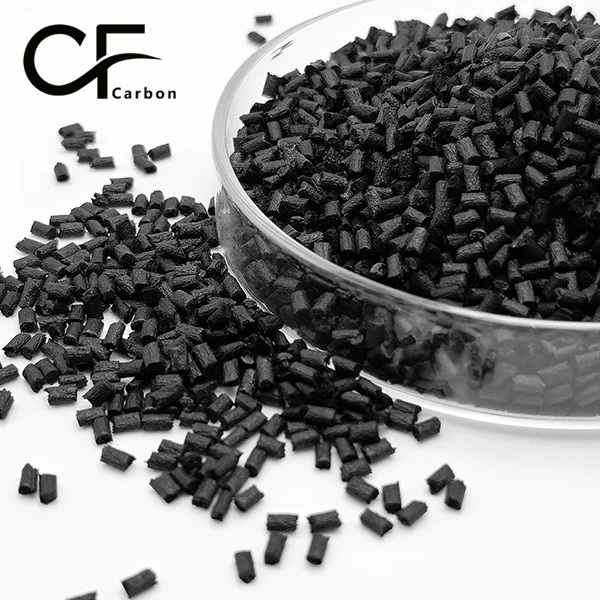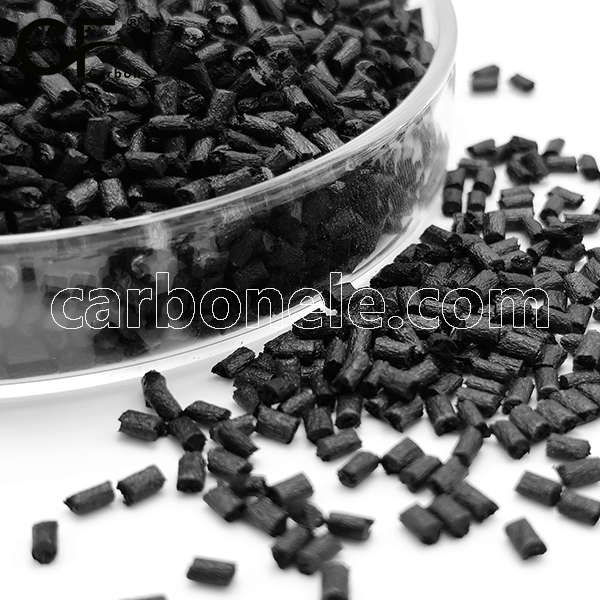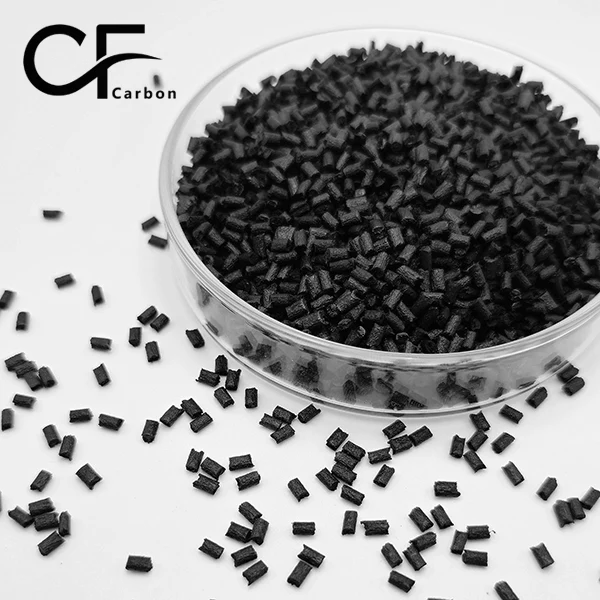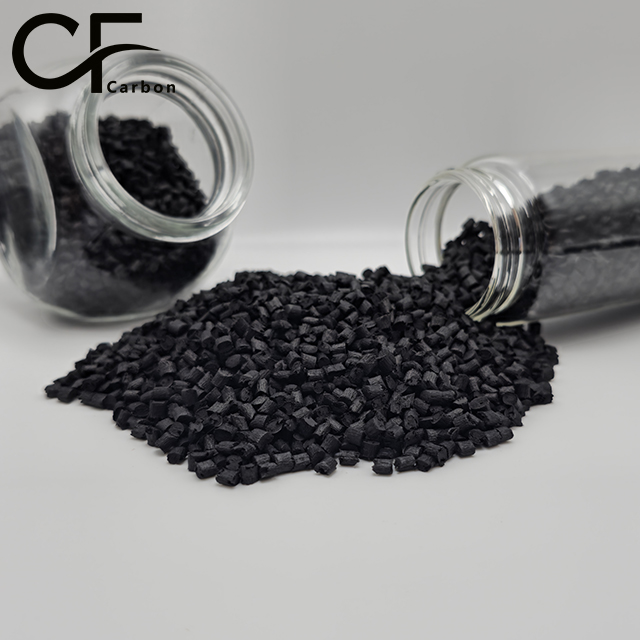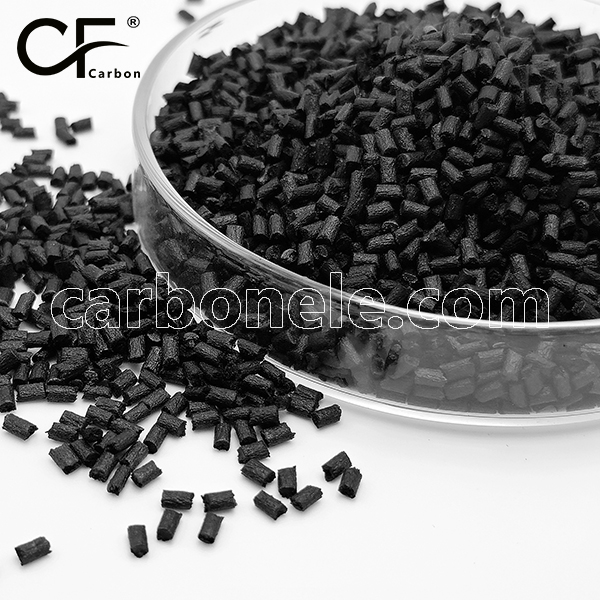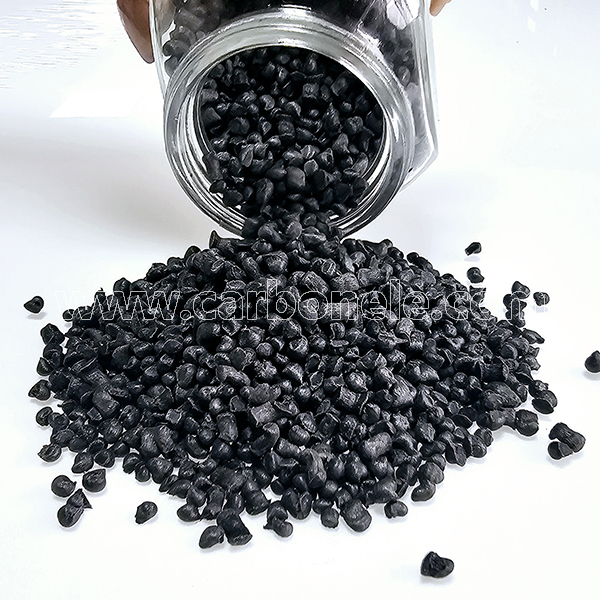
FR Nylon CF PA66&PA6 CF30 V0 V1 V2 Granules
1: Tensile strength over 180MPa, high load capacity
2: V0 grade, flame out in 10s
3: HDT (1.82MPa) exceeds 200℃
4: Shrinkage 0.5%-1.2%, good dimensional stability
5: Flexural modulus over 8000MPa, high rigidity
- Manufacturer: Carbon New Material
- OEM/ODM: Acceptable
- Color: Black
- Free samples: ≤10kg
- MOQ: 100kg
- Port: Xiamen
- Model: PA6&PA66-CF-BCF3
- Fillers: SCF
I. Material Overview
FR Nylon CF is a high-performance composite material mainly composed of a nylon (PA) matrix and carbon fiber (CF). The FR Nylon CF products launched this time include the PA66&PA6 CF30 grade, with a carbon fiber content of 30%. The nylon matrix (PA66 and PA6) endows the material with good toughness and processing fluidity, while the carbon fiber significantly enhances its strength and rigidity. Meanwhile, the product meets the V0, V1, and V2 flame retardant grades, enabling FR Nylon CF to have reliable flame retardant effects while possessing mechanical properties.
II. Main Properties of the Material (Including FR Nylon CF)
1.
High Strength and High Rigidity
The carbon fiber in FR Nylon CF works in synergy with the PA66&PA6 CF30 matrix. Its tensile strength can reach more than 180MPa, and the flexural modulus exceeds 8000MPa, which is far superior to ordinary nylon materials and can meet the high load-bearing requirements of structural parts.
2.
Excellent Flame Retardancy
This FR Nylon CF product has passed the UL94 flame retardant test, covering V0, V1, and V2 grades. Among them, the V0 grade can extinguish the flame within 10 seconds without dripping, making it suitable for the electronics and electrical fields with strict fire protection requirements. The PA66&PA6 CF30 matrix also ensures the stability of flame retardant performance.
3.
Good Heat Resistance
The heat distortion temperature (HDT, 1.82MPa) of FR Nylon CF exceeds 200℃. The PA66 component in PA66&PA6 CF30 further improves heat resistance, allowing it to maintain structural stability under high-temperature working conditions, which is suitable for applications in high-temperature environments such as around automobile engines.
4.
Low Shrinkage and Dimensional Stability
The addition of carbon fiber significantly reduces the molding shrinkage rate of FR Nylon CF. The shrinkage rate of the PA66&PA6 CF30 grade is controlled between 0.5% and 1.2%, which effectively reduces product warpage and ensures the dimensional accuracy of precision parts.
III. Main Applications of the Material
FR Nylon CF and PA66&PA6 CF30 granules are widely used in electronics and electrical (such as connectors, circuit breaker housings), automotive industry (such as engine brackets, sensor housings), aerospace (small structural parts), and industrial equipment (such as gears, bearing seats) and other fields. They are especially suitable for scenarios that require high strength, flame retardancy, and heat resistance.
IV. Application Case of FR Nylon CF in Electronic Connectors
An electronic equipment manufacturer selected the PA66&PA6 CF30 V0 grade from the FR Nylon CF series to produce high-end connectors. The high rigidity of this material ensures that the connector is not easily deformed during plugging and unplugging, and the V0 flame retardant grade meets the safety standards of electronic equipment. At the same time, the low shrinkage rate ensures the accuracy of the pin spacing of the connector, solving the problems of easy warpage and insufficient flame retardancy of traditional materials, and improving the reliability and service life of the product.
V. Contact and Description
If you need to obtain the technical data sheet and product catalog of this FR Nylon CF product, or have more clarification needs on the performance of the PA66&PA6 CF30 grade and want to get a quotation, please feel free to contact us. The performance of different carbon fiber-reinforced modified thermoplastic composite raw materials will vary due to factors such as matrix resin, carbon fiber content and type, and production process. The advantages of specific composite materials need to be accurately evaluated based on actual application needs and comparative tests with specific carbon fiber-reinforced plastics. In addition, the performance of thermoplastic composite materials produced by different manufacturers may have different focuses and differences.
Surface Resistivity Comparison
Conductors < 10⁵ Ω/sq. Antistatic Materials 10⁵ ~ 10¹² Ω/sq. Insulators > 10¹² Ω/sq. Static-Dissipative 10⁶ ~ 10¹¹ Ω/sq. *Key Influencing Factors Humidity: Increased moisture can reduce resistivity (e.g., in polymers). Temperature: Affects carrier mobility (↑ heat may lower semiconductor resistivity). Surface Contamination: Dust/oils alter readings significantly. Additives: Carbon black, metallic fillers can lower resistivity. *Applications Electronics: Antistatic materials (10⁶–10⁹ Ω/sq) prevent electrostatic discharge (ESD). Aerospace: Composites must control resistivity to avoid charge buildup. Medical Devices: Insulating materials (>10¹² Ω/sq) ensure patient safety. *Examples Polypropylene (PP): ~10¹⁶ Ω/sq (excellent insulator). Carbon Fiber Composites: 10³–10⁶ Ω/sq (static dissipation). ESD Flooring: 10⁶–10⁹ Ω/sq.
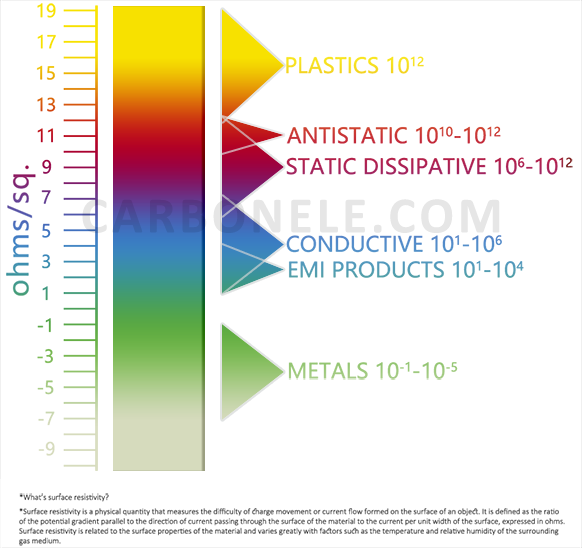
Get to Know Carbon Fibers
The table presents key performance data of carbon fiber grades. T300, with a tensile strength of 3530 MPa and a tensile modulus of 230 GPa, has a relatively low tensile elongation at break of 1.5% and a body density of 1.76 g/cm³. As the grade increases, for example, T700S shows an enhanced tensile strength of 4900 MPa compared to T300, while maintaining the same tensile modulus but with a higher elongation at break of 2.1%. T800S and T1000G both have a tensile modulus of 294 GPa, and their tensile strengths are 5880 MPa and 6370 MPa respectively. T1100G stands out with the highest tensile strength of 7000 MPa and a tensile modulus of 324 GPa. Generally, with the increase in product grade, the tensile strength and modulus tend to rise, while the density remains relatively stable around 1.8 g/cm³.

How to Buy?
If you want to obtain information such as product specifications, performance, and price, choose a suitable product according to your own needs. Meanwhile, you can ask the manufacturer to provide samples for testing to ensure that the material meets your usage requirements. If you are interested in purchasing this composite material, please contact the manufacturer Carbon (Xiamen) New Material directly.
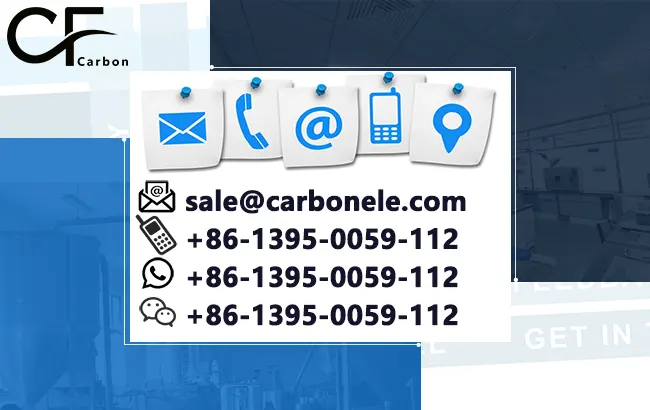
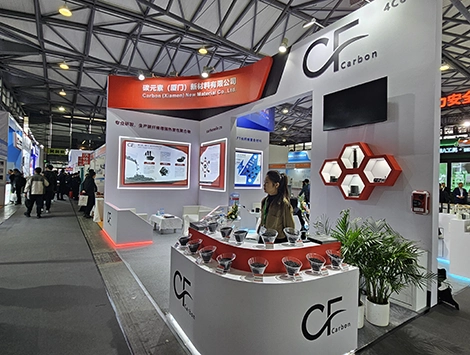

Frequently Asked Questions
Carbon (Xiamen) New Material Co., Ltd. aims to provide buyers with "one-stop" worry-free high-quality services. Here you can find all information about carbon fiber engineering plastics. If you still have questions, please send us an email for consultation!
-
How can I contact the manufacturer of a product that interests me?
When you find a product you are interested in, you can contact the manufacturer directly by sending an email and we will get back to you as soon as possible.
-
How do I find the products that interest me?
All you need to do is enter the keyword, product name in the search window and press the Enter key on your keyboard. Your search results page will then be displayed. You can also search within the product category pages on the home page. Each category is divided into subcategories, allowing you to refine your search and find products that interest you.
-
Where will I find a buying guide?
Please contact our after-sales service directly and we will provide you with a comprehensive operating guide.
-
What are CF Reinforced Thermoplastic Composites?
CF Reinforced Thermoplastic Composites are materials where carbon fibers are incorporated into a thermoplastic matrix. They combine the strength and stiffness of carbon fibers with the processability and recyclability of thermoplastics. For instance, they are used in automotive parts like bumper beams.
-
What are the benefits of CF Reinforced Thermoplastic Composites over traditional composites?
The key benefits include faster production cycles, easier recyclability, and better impact resistance. They also offer design flexibility. An example is in the manufacturing of consumer electronics casings where complex shapes can be achieved more easily.
-
How are CF Reinforced Thermoplastic Composites processed?
Common processing methods include injection molding, extrusion, and compression molding. Injection molding is widely used for mass production. For example, in the production of small components for the medical industry.
-
What industries use CF Reinforced Thermoplastic Composites?
They are utilized in aerospace, automotive, medical, and sports equipment industries. In aerospace, they can be found in interior components. In the medical field, they might be used in prosthetics.
-
How does the carbon fiber content affect the properties of the composites?
Higher carbon fiber content generally leads to increased strength and stiffness but may reduce ductility. A moderate content is often balanced for specific applications. For example, a higher content might be preferred in structural parts of a race car.
-
What are the challenges in using CF Reinforced Thermoplastic Composites?
Challenges include higher material costs, complex processing equipment requirements, and ensuring uniform fiber dispersion. Issues with adhesion between the fibers and the matrix can also arise. An example is in achieving consistent quality in large-scale production.







